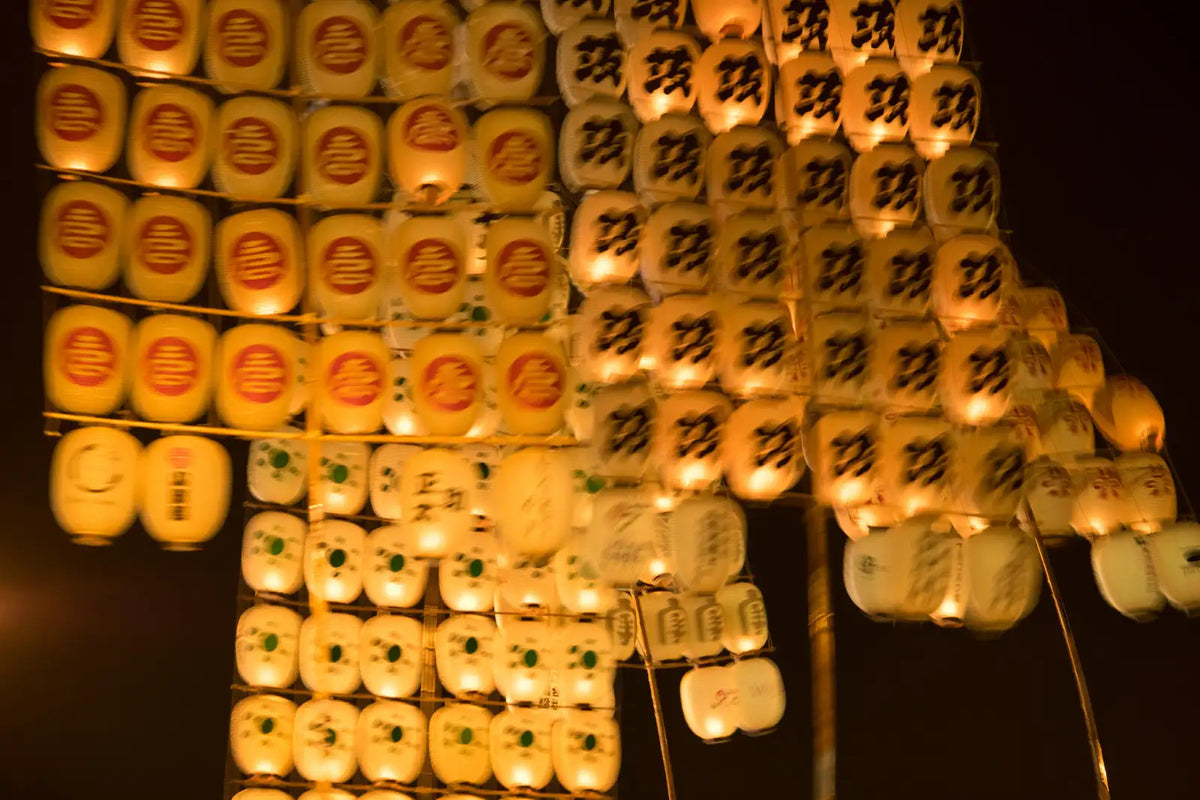

Japan is a country where tradition and innovation blend seamlessly, creating a rich tapestry of culture, cuisine, and community. In recent years, the concept of regional revitalization has gained traction, focusing on breathing new life into rural areas through various initiatives. One fascinating approach is through the art of 和菓子 (wagashi), traditional Japanese confections that are not only delicious but also deeply rooted in cultural significance. This blog post explores the role of wagashi in regional revitalization projects, offering insights for lovers of Japanese culture, food, and travel.
The Allure of Wagashi
Wagashi are traditional Japanese sweets that have been enjoyed for centuries. Made from natural ingredients like azuki red beans, rice flour, and sugar, these confections are crafted to reflect the beauty of nature and the changing seasons. They are often enjoyed during tea ceremonies, adding an aesthetic and flavorful dimension to the experience.
A Brief History of Wagashi
The history of wagashi dates back to the Jomon period, when nuts and fruit were used to create simple confections. Over time, the influence of Chinese and Portuguese sweets introduced new techniques and ingredients, leading to the creation of the wagashi we know today. During the Edo period, the art of wagashi flourished, with artisans crafting intricate designs to accompany the tea ceremony.
Cultural Significance
Wagashi are more than just sweets; they are a reflection of Japanese aesthetics and cultural values. Each confection is carefully designed to symbolize elements of nature, such as flowers, leaves, or snowflakes, and is often tied to specific festivals or seasons. This deep cultural connection makes wagashi a cherished part of Japan's culinary heritage.
The Role of Wagashi in Regional Revitalization
Regional revitalization projects aim to rejuvenate rural areas by promoting local industries and traditions. Wagashi, with its cultural significance and artisanal craftsmanship, plays a unique role in these efforts.
Supporting Local Artisans
Many rural areas in Japan are home to skilled wagashi artisans who have passed down their craft through generations. By highlighting these artisans in regional revitalization projects, communities can attract tourists and boost local economies. Visitors can enjoy hands-on workshops, learning to create their own wagashi while gaining an appreciation for the skill and artistry involved.
Promoting Local Ingredients
Regional wagashi often feature locally-sourced ingredients, showcasing the unique flavors and agricultural products of each area. For example, a region known for its high-quality matcha may create wagashi that highlight this ingredient, attracting tea enthusiasts and promoting local agriculture.
Creating Cultural Experiences
Revitalization efforts often include cultural events and festivals centered around wagashi. These events provide visitors with an immersive experience, allowing them to learn about the history, craftsmanship, and cultural significance of wagashi. Such experiences not only draw tourists but also foster a sense of pride and community among local residents.
Fascinating Wagashi Regions to Explore
Japan's diverse regions each offer their own unique take on wagashi. Here are some areas where you can explore these delightful confections as part of regional revitalization initiatives.
Kyoto
Known as the heart of Japanese culture and tradition, Kyoto is famous for its exquisite wagashi. Visitors can explore historic tea houses and wagashi shops, experiencing the artistry and elegance that define Kyoto's confections.
Kanazawa
Kanazawa is renowned for its gold leaf and its incorporation into wagashi. The city's wagashi artisans create stunning sweets adorned with edible gold, offering a luxurious taste of local culture.
Fukuoka
Fukuoka's wagashi scene is influenced by its proximity to mainland Asia, resulting in unique flavors and designs. From yamecha-infused sweets to mochi filled with local fruits, Fukuoka offers a rich tapestry of tastes.
Nara
Nara, with its deep historical roots, offers visitors the chance to experience ancient Japanese confectionery traditions. The region's wagashi often reflects its rich Buddhist heritage, with designs inspired by religious symbols and motifs.
Hokkaido
Hokkaido's pristine landscapes provide the perfect backdrop for exploring wagashi made with fresh, local ingredients. The region's dairy products and fruit contribute to the creation of rich and flavorful confections.
Okinawa
Okinawa's subtropical climate and cultural influences from Southeast Asia result in vibrant and unique wagashi. Visitors can enjoy confections infused with tropical fruits and flavors, offering a taste of this distinct island culture.
The Future of Wagashi and Regional Revitalization
The integration of wagashi into regional revitalization projects is an exciting development with far-reaching implications. By celebrating and preserving traditional craftsmanship, these initiatives foster economic growth and cultural appreciation.
Sustainable Tourism
Promoting wagashi as part of regional revitalization encourages sustainable tourism, drawing visitors seeking authentic cultural experiences. This approach helps preserve local traditions while providing economic benefits to rural communities.
Bridging Tradition and Innovation
Regional revitalization projects often involve innovative approaches to traditional crafts. By incorporating modern techniques and designs, wagashi artisans can appeal to a broader audience, ensuring that the art form continues to thrive.
Global Appreciation
Through these initiatives, wagashi can gain recognition beyond Japan's borders. By sharing these cultural treasures with the world, regional revitalization projects help bridge cultural gaps and foster a global appreciation for Japanese traditions.
Conclusion
Wagashi play a vital role in regional revitalization projects, offering a unique window into Japan's rich cultural heritage. By celebrating these traditional confections, communities can attract tourists, support local artisans, and promote sustainable development. For lovers of Japanese culture, food, and travel, exploring wagashi offers a delightful and meaningful way to connect with the heart of Japan.
For more insights into wagashi and regional revitalization, we invite you to explore our recommended resources and plan your next cultural adventure.



